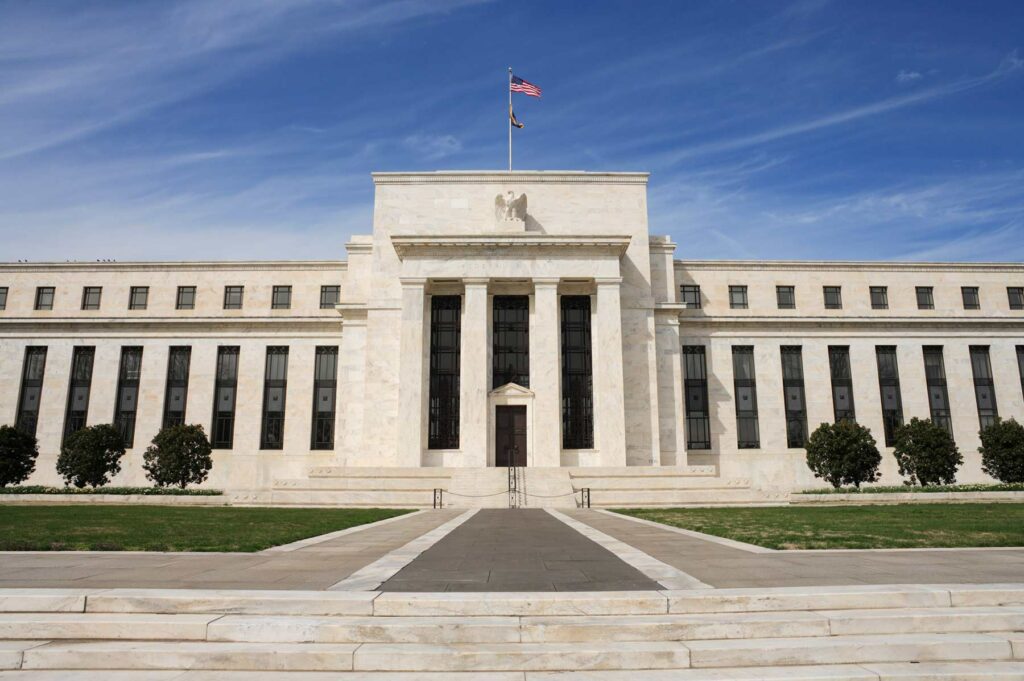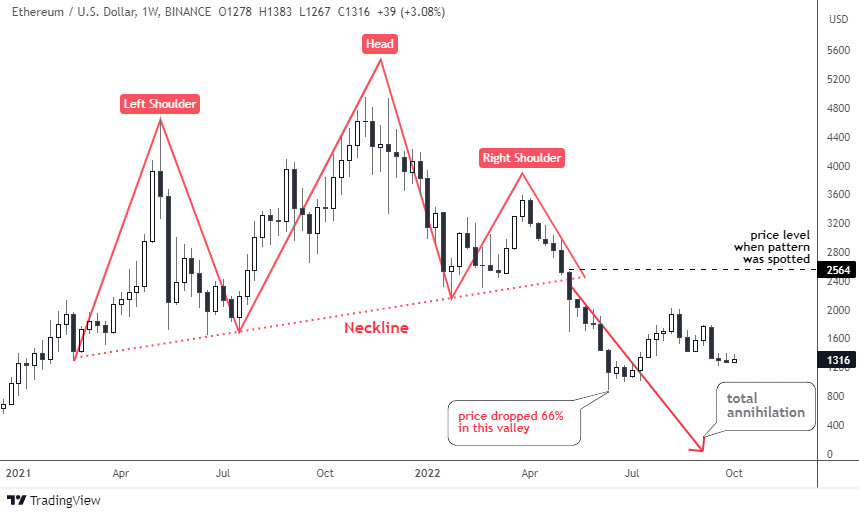Two Standouts in the Gold Sector
While the cyclical bear market in the S&P-500 (SPY) has created buying opportunities, the real value can be found in the Gold Miners Index (GDX).
This is because the sector has endured a 22-month bear market, sending many names down 60% from their highs.
Although several names offer compelling buying opportunities, two stand out as offering a rare mix of growth and value. These are i-80 Gold (IAUX) and Sandstorm Gold Royalties (SAND).
Investing in the precious metals sector can be treacherous and intimidating, with several names to choose from, multiple pitfalls, and lengthy technical reports describing each mine.
For this reason, the sector is often avoided by generalist investors. The proposition becomes even less interesting if we mix in a declining gold price.
However, there is one key trait in gold miners that allows investors to worry less about the gold price: production growth. The key is selecting names with growth and low-risk business models with a high probability of successful execution, which is easier said than done.
Sandstorm Gold Royalties (SAND)
Sandstorm Gold Royalties is a precious metal royalty/streaming company, giving it a lower-risk business model within the sector. This is because it provides upfront capital to operators/developers to construct/expand mines, and in exchange, it receives a portion of metal production over the mine life.
The result is that it’s highly diversified (dozens of revenue streams and jurisdictions), and it’s protected from inflation as it doesn’t have to pay for sustaining capital or get hit by rising operating costs.
In addition, it enjoys very high margins (80% plus gross margins), with it simply receiving gold deliveries of metals at a low fee ($10/oz to $500/oz gold) vs. $700/oz to $1,300/oz costs for operators.
The other major benefit of this model is that any discoveries on properties where it holds royalties are gravy, given that the mine can continue to deliver ounces for decades even if the mine life was estimated at only several years initially.
A couple of examples are an investment in Goldstrike which turned $2.0 million into $1.0 billion paid in royalties, and an investment in Cortez which translated to a 500% plus return for Royal Gold. This is why royalty/streaming companies commonly trade at a premium to their net asset value.
However, Sandstorm today trades at a valuation of just 0.80x price to net asset value (P/NAV) despite having the leading growth rate among its peers and the best diversification profile. This is evidenced by its ability to grow annual attributable production to 155,000 gold-equivalent ounces [GEOs] in 2025, up from 85,000 GEOs this year, representing a 22% compound annual growth rate.
The result is that its annual free cash flow should increase to more than $180MM in FY2025, allowing the company to graduate from the smaller-scale royalty/streamers to the larger-scale ranks, which often is accompanied by a meaningful increase in the stock’s multiple.
Based on what I believe to be a fair P/NAV multiple of 1.50 for Sandstorm due to its diversified portfolio and an industry-leading growth rate, with an estimated net asset value of $1.8BB, I see a fair value for the stock of $2.7BB.
After dividing this figure by 306MM shares, this translates to a fair value of $8.82 post-acquisition/financing. From a current share price, this translates to an 85% upside from current levels, making SAND one of the most undervalued names in the precious metals sector.
This undervaluation, combined with limited reliance on the gold price to grow cash flow/earnings (due to its volume growth), makes the stock steal below $5.00.
I-80 Gold (IAUX)
I-80 Gold is a lesser-known name in the sector, boasting a market cap of $500MM and only having been publicly traded for a little over a year as it was a spin-out from the acquisition of Premier Gold.
Fortunately, in I-80’s case, the company ended up walking away with some of the best properties in its spin-out and now owns three phenomenal projects in the #1 mining jurisdiction: Ruby Hill, Granite Creek, and McCoy-Cove.
The issue from a valuation standpoint was that it needed a way to process the material at these projects but didn’t have an autoclave capable of processing refractory mineralization, and building one would cost well over $1.0BB. However, in a creative transaction, the company swapped projects with Nevada Gold Mines to scoop up an idled autoclave and now controls its destiny.
Given that the asset isn’t currently in production and was idled, I-80 Gold will need to spend over $200MM to get it back into production, which will be helped by over $100MM in cash and a small debt raise to help fund this refurbishment.
The good news is that in completing this deal to acquire the Lone Tree Facility with autoclave, the company secured a toll-milling deal with Nevada Gold Mines, allowing it to generate cash flow from Q1 2023-Q1 2025 while it refurbishes Lone Tree. This allows it to generate cash flow in the meantime to help pay for exploration/development.
So, what’s so special about the story?
While there’s not much special about a 70,000-ounce producer (estimated FY2023 production for I80 Gold), the company’s three projects can produce over 250,000 ounces by FY2025 once its refurbishment is complete and could see production grow to 550,000+ ounces by the end of 2028 in an upside case.
This represents the highest-growth rate in the sector, potentially allowing I-80 Gold to increase its revenue from $130MM in FY2023 to $475MM in 2026 and more than $900MM in 2028. These are preliminary estimates, but given the strong team the company has assembled with considerable Nevada experience, I see these goals as achievable.
Despite this industry-leading growth rate, I80 Gold trades at a P/NAV multiple of 0.35x at $1.90, and given the high-grade discoveries being made, its P/NAV multiple could dip to 0.30x as it continues to add ounces across its projects. Notably, these projects host some of the highest-grade gold mines in North America, which should allow I80 to produce at industry-leading margins.
So, with a growth rate that doesn’t even come close to being rivaled by peers and multiple new discoveries that suggest I80 Gold could grow its resource base to 20+ million ounces of gold, I see more than 150% upside to a fair value of US$4.75, and the stock as a steal at a valuation of less than $30/oz of gold.
While the gold sector can be tricky to invest in, investors sometimes get fat pitches, and this is what they’ve been presented with today due to a nearly 2-year bear market.
Two of my favorite ideas are I80 Gold and Sandstorm Gold, and with the recent pullback in both stocks, I see this weakness as a gift and am continuing to accumulate on weakness.
Disclosure: I am long SAND, IAUX, SPY
Taylor DartINO.com Contributor
Disclaimer: This article is the opinion of the contributor themselves. Taylor Dart is not a Registered Investment Advisor or Financial Planner. This writing is for informational purposes only. It does not constitute an offer to sell, a solicitation to buy, or a recommendation regarding any securities transaction. The information contained in this writing should not be construed as financial or investment advice on any subject matter. Taylor Dart expressly disclaims all liability in respect to actions taken based on any or all of the information in this writing. Given the volatility in the precious metals sector, position sizing is critical, so when buying small-cap precious metals stocks, position sizes should be limited to 5% or less of one’s portfolio.
Two Standouts in the Gold Sector Read More »











